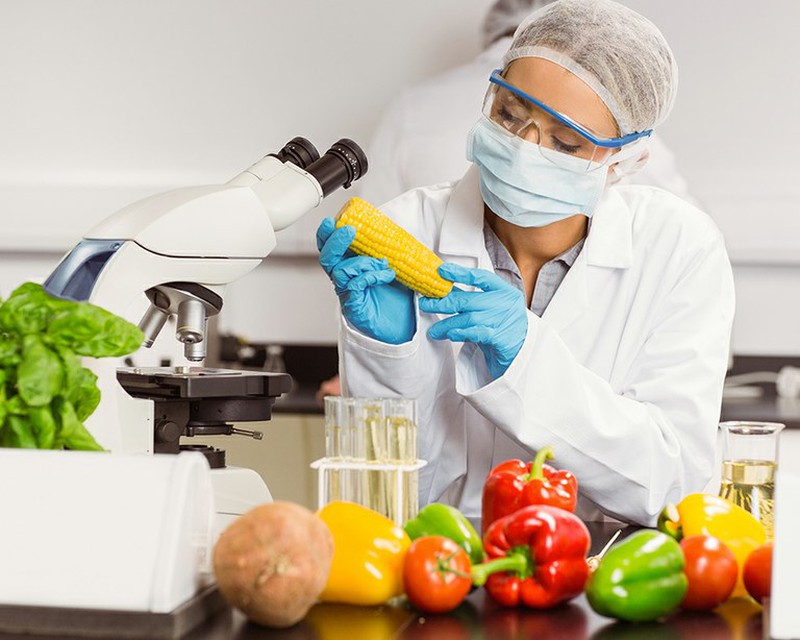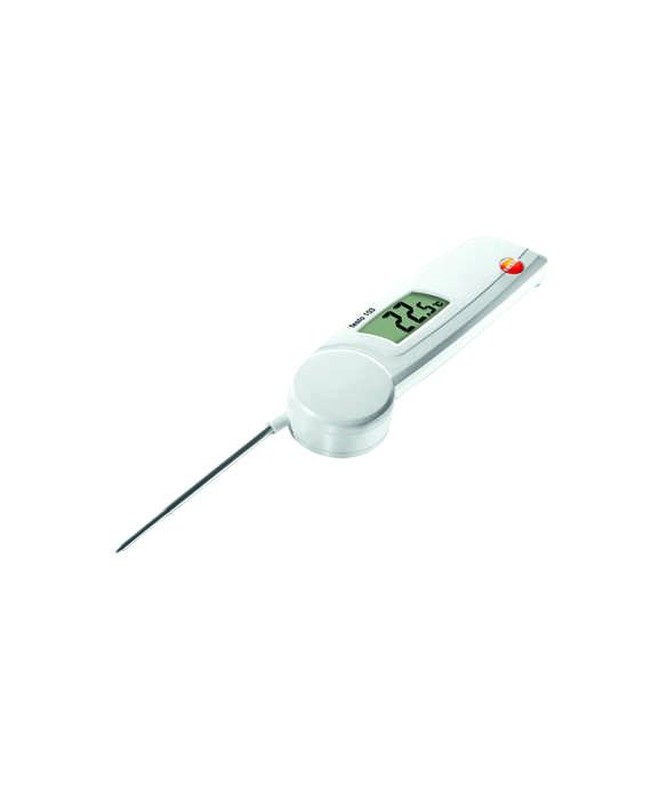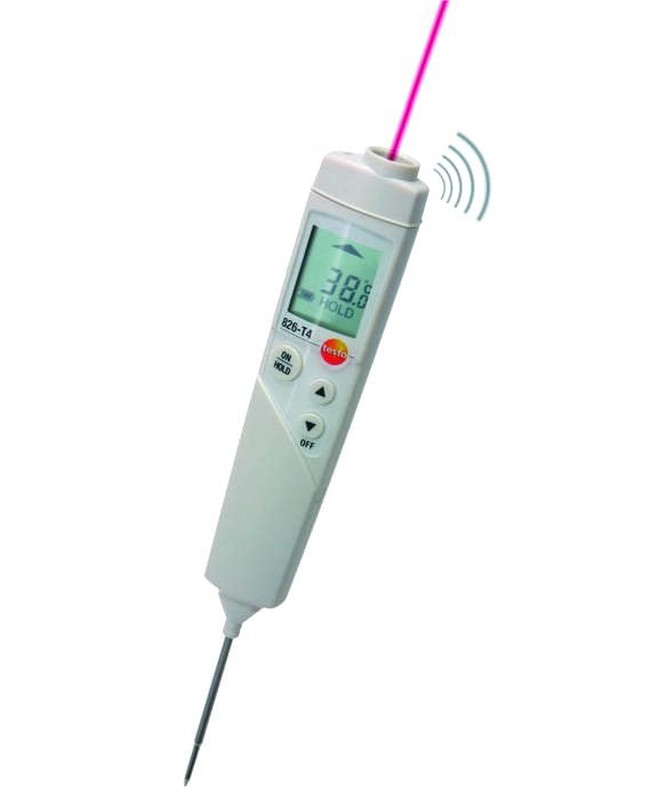Food safety instrumentation
Food safety is an essential discipline for human health and needs control of many parameters

According to the Food and Agriculture Organization of the United Nations, known by its acronym in English -FAO-, food security is achieved when a certain group of people, household or society has food in constant quantity and quality as needed biological. A home is at food risk when it does not have enough food or it is not in good condition for its intake.
That is to say, we must have enough food and healthy and safe enough to have a completely correct physiological and nutritional function. Food security is directly related to the quality and wholesomeness of the food we eat, but also to its availability. Thus, the correct state of these foods and the correct handling intervene directly, without any type of component or alteration that may pose a health risk for people.
In the concept of food safety we have already seen that a multitude of parameters to control enter, perhaps those that concern us the most within our sector are those that allow us to control the quality and condition of this food or the cooking process or its elaboration. .
They are key factors:
- Food temperature : maintain the cold / heat chain for its correct conservation.
- Environment temperature and humidity: Maintain good conditions in the food handling environment.
- Biological state of the food: Control of the presence / absence of pathogens in the food and microbiological control.
- Control of food production: In agriculture, the control of the cultivation environment as well as the quality of the water / soil / etc ... is essential to produce healthy food. The same occurs on farms and throughout the meat sector.
Thermometers : There are multiple thermometers for food control in its different processes, from production to consumption, going through the entire transport chain or processing itself. Contact thermometers, probe, infrared, penetration.
Thermohygrometers and datalogger devices: They are used to control the environment of food handling and preservation. They control parameters such as temperature, humidity, radiation, etc ... A meteorological station intended for agriculture would also be considered a food safety control instrument.
PH, Chlorine meters, refractometers, hydrometers, etc ...: They are used for the punctual control / validation of the state of elaboration of the product or food.
Microscopes: The microscope is basic for the biological control of the product or food and to determine if there are pathogens that can alter public health.







Opinions of our clients
Receive our news